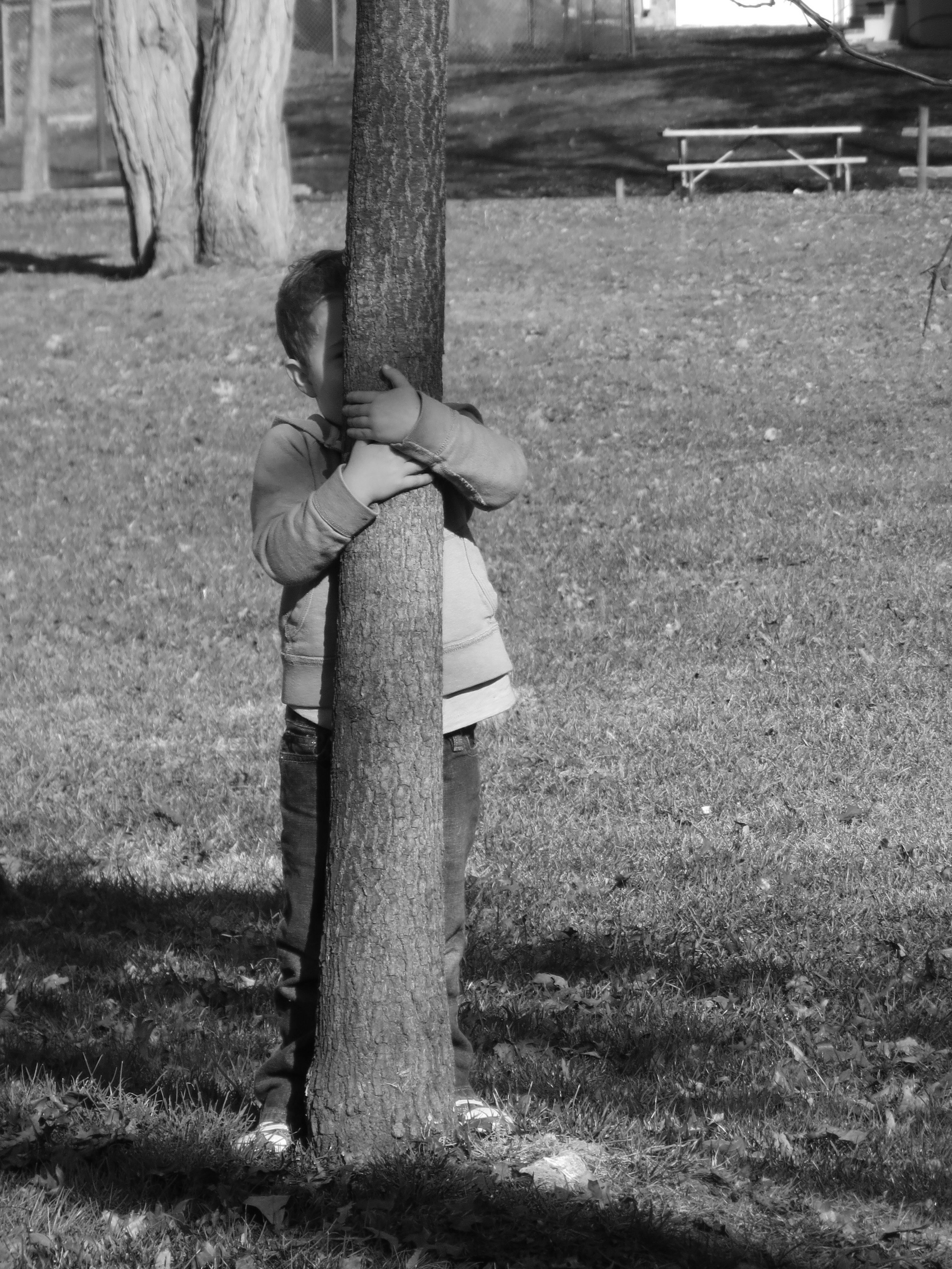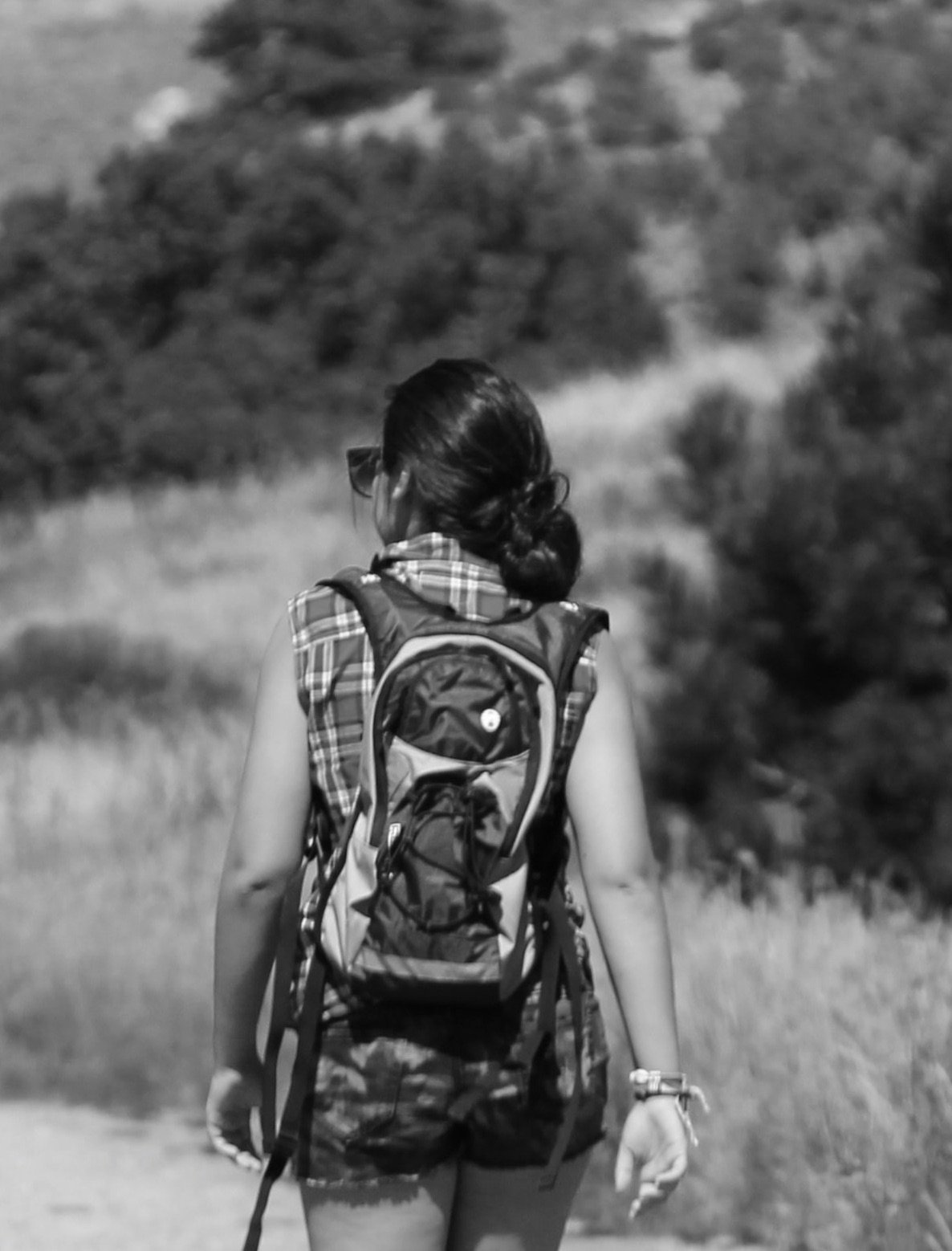Trauma, Loss, and Grief in Childhood
Although bereavement during childhood is not at the top of the list of prominent public health issues affecting young people, it should be. The intrusion of trauma, death, mourning, and grief forever changes a young person's sense of safety and worldview. Disasters, terrorism, school shootings, and the coronavirus pandemic have found their way into homes and classrooms, directly and indirectly. However, it is not only large-scale loss that calls for our attention. Everyday losses in the lives of children and teens—caused by illness, violence, or accidents—result in thousands of our youth growing up without parents, grandparents, or siblings. Thousands more grieve for friends, classmates, teachers, and neighbors.
I have always worked with children and families. As a young pediatric nurse, I witnessed searing life-changing moments—a father coiled up on the floor, hugging his knees and rocking back and forth after receiving the heartbreaking news that his daughter had died in heart surgery; or the mother leaning against the wall, head in hand, waiting for the elevator so she could leave the hospital after a long, exhausting day. My young patients inspired me—their grit, determination, and keen awareness of what it means to be sick and hospitalized. Some of my most rewarding and enlightening moments emerged from my conversations with young people. I know how it feels to be the mother of a hospitalized child; all three of my children received treatment in a pediatrics unit at a young age. I understand the foreboding anxiety, fear, and uncertainty. Thankfully, their hospitalizations were brief, but those memories will never leave me.
CHILDHOOD GRIEFEdna St. Vincent Millay set the stage for the time-tested myths surrounding children’s grief.
“Childhood is not from birth to a certain age and at a certain age
The child is grown, and puts away childish things.
Childhood is the kingdom where nobody dies.”
How we wish that were true. But in reality, children are exposed to all kinds of losses. As a therapist, I counsel families who are forever changed by personal tragedies. In some cases, their private losses are also very public—the crash of Pan Am Flight 103 over Lockerbie, Scotland; the Gulf War; 9/11; Hurricane Katrina; and the coronavirus pandemic. My role is multidimensional —helping families learn how to parent grieving children with compassion and self-compassion, encouraging children and teens to find their voices, and supporting everyone as they listen and learn from each other. I have seen extraordinary growth and empathy as children and teens emerge whole and healthy from the most painful and traumatic experiences. I have grown too—every child and caring adult has taught me lessons I will never forget.
January 28, 1986. I had just defended my dissertation and was in the final stages of editing the manuscript for publication. My colleagues in education eagerly anticipated the first Teacher in Space, so I tuned in to watch the shuttle launch. There was a successful lift-off and thunderous cheering from the stands. Sitting on the floor with pages strewn around me, I returned to work. About a minute later, I looked at the TV screen to see the Challenger explode. I'll never forget the serpentine plumes of smoke against the blue sky. The expressions on the faces in the viewing stand still haunt me—hands clasped over mouths, disbelieving eyes filled with terror. Children did not escape the tragedy unfolding on national television. After all, this launch was for them, and many students watched from classrooms nationwide. The frightening images were broadcast repeatedly, confusing the youngest viewers and paralyzing the rest of us. After the assassinations of President Kennedy, Martin Luther King, and Robert Kennedy, this event is was added to the long list of global traumatic events witnessed by young people. Since then, there have been many more— Princess Diana, 9/11, Sandy Hook, George Floyd, Kobe Bryant. The fog of collective grief continues to envelop the nation, the world, and young people. They are not immune as they see and hear the fallout on social media in graphic images and heightened language.
Unlike with televised tragedies today, on January 28, 1986, few people were talking about how the deaths of six astronauts and a teacher could affect children, especially those who witnessed the disaster on their classroom TVs. I felt an urgency to contribute suggestions and guidance to parents and teachers. The next day I appeared on the Today Show and talked about how adults could have meaningful and supportive conversations with children about the disaster. A literary agent saw my interview and suggested my advice could translate into a book for parents. There was very little in print on childhood grief and only one childhood bereavement center in the United States. Families and schools had very few resources. To fill that void, I wrote The Seasons of Grief, Helping Children Grow Through Loss, based on my practice and research.
Today there are dozens of books on childhood grief, several hundred community support centers nationwide, and an emerging body of research describing best practices to help bereaved families. In the last 30 years, I've presented to academic and lay audiences and collaborated with nonprofits, parents, researchers, and clinicians in and outside of the childhood bereavement field.



Listening to Children, Parents and Caregivers
Throughout my career, I've talked to parents and caregivers as they navigated the turbulent waters of grief. They've asked how they should talk to their kids—they want examples, illustrations, and stories of how other families have managed. The author of a Washington Post column recently wrote, "When my husband died, it felt as if I was starting from scratch as a parent." Just last month, a frustrated mom asked me about her teen's challenging behavior: "How do I know if it's 'the grief' or just being thirteen years old?" "What do I say to my kid?" "Should I bring up his father's death?" These questions are at the root of parental apprehension and are asked time and time again. On December 14th, 2012, the day of the Sandy Hook shooting, I appeared on NBC for the afternoon and evening news segments, offering guidance to viewers. Having seen from experience how families want to help their children feel safe and process such tragic events, I offered advice: Stay close, find comforting words, set limits on media, and, in the words of Fred Rogers, "Look for the helpers. You will always find people who are helping." Looking for helpers was also our rallying call for schools and families after the September 11th terrorist attacks.
Death turns a family's world into an alien landscape. Everyone is grieving, emotional resources are sparse, and patience is thin, but lunches must be made, homework done, and bedtime routines continued. The truth is that parents have more knowledge and skills than they realize, even during an overwhelming family crisis. They share a strong bond and a history with their children. No one knows kids as well as their parents do. I believe that parents can be the best guides for their children. They are the trailblazers. I'm just a temporary guide along the way.
Professionals working with bereaved families know that parent-to-parent and peer-to-peer support are valuable tools when healing after loss. Listening to someone who has "been there" is reassuring and allows you to see the light at the end of the tunnel. There is confirmation that you are not alone and are not going crazy. Children and teens benefit from meeting other young people who have taken similar journeys. But programs that offer such support may not be available or accessible. Families may not have the time. And they might not be sure if a group is right for them.
It is crucial to bring these resources to families.

Grief Literacy is necessary to move us forward in our support of grieving children and families. It is the key to building compassionate communities that challenge the idea that loss, death and grief should be kept only within clinical and institutional settings. The ultimate goal of grief literacy, as a society, is to harness social support, recognize self-healing, access available professional help, and adopt attitudes and policies that minimize harmful outcomes.
Donna Gaffney, “A Call to Action” for Evermore.org
Selected Publications
Childhood Grief and the Healing Power of Superheroes. In J.A. Harrington & Neimeyer, R.A. (Eds.) Superhero Grief: The Transformative Power of Loss. London: Routledge. (link)
Parents and Caregivers: The Everyday Heroes Behind Superheroes with Irwin Sandler In J.A. Harrington & Neimeyer, R.A. (Eds.) Superhero Grief: The Transformative Power of Loss. London: Routledge. (link)
Sandler, I., Wolchik, S., Sandler, J., Tein, J. Y., Gaffney, D., Zhang, N., & Porter, M. (2022). Feasibility, Acceptability, and Effectiveness of Adding an Evidence-Based Parent/Caregiver Program for Bereaved Families to Usual Community-Based Services. OMEGA-Journal of Death and Dying, 00302228221132910. (link)
Hulsey, E. G., Hill, R. M., Layne, C. M., Gaffney, D. A., & Kaplow, J. B. (2018). Calculating the incidence rate of sibling bereavement among children and adolescents across the United States: A proposed method. Death studies, 1-9. (link)
Blog Postings, Columns, Forewords, Endnotes and Commentary
Kobe Bryant, Children and Grief 2020 (link)
How to Support Kids Whose Families Have Changed. (link)
Mothers’ Day: A Time for Reflection and Healing. 2017 (link)
What Jackie Knew, NAGC Blog, November 22, 2013 (view article)

